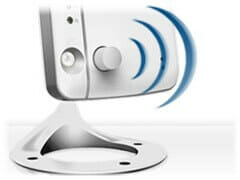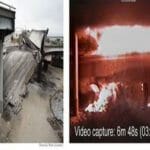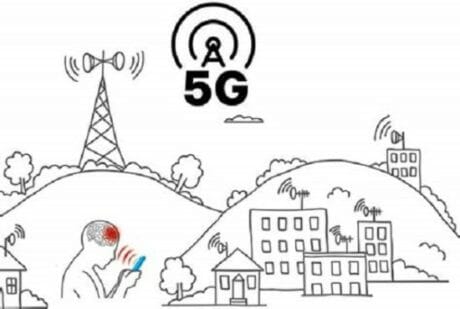No products in the cart.
- Course No E – 1509
- PDH Units 4.00
Course No E - 1509
PDH Units 4.00
- Course No E – 1509
- PDH Units 4.00
Course No E - 1509
PDH Units 4.00
Intended Audience: All Engineering Disciplines
PDH UNITS: 4
Ultimate Guide to Understanding Motion Detection Devices
Motion detection technology—including new volumetric motion sensing devices such as passive infrared (PIR), ultrasonic alarms, microwave sensors, thermal motion detection cameras and radar sensors—continues to evolve at a rapid rate and increase in popularity throughout the engineering community. The early solid-state motion detectors were limited to photoelectric light beams, foil or glass break sensors on windows, magnetic switches on door frames, vibration sensors and taut wires strung across doors and windows and below ceilings. Modern-day motion sensing devices have completely replaced the older mechanical devices with several distinctly different motion sensing technology, each one sequentially replacing its predecessor. This PDH course examines the history, characteristics and operational principles of the major motion (or volumetric) sensors that fall into one of two operating principles: active vs. passive.Active Motion Detection Technology
Devices that use an emitter and a receiver to detect human motion in a confined area are considered an type of active motion detection technology. This category of motion detectors include systems that rely on transducers that produce ultrasonic sound waves or high-frequency microwaves.Passive Motion Detection Technology
Passive motion detection technology includes motion detectors that do not emit waves, but only receive fluctuating signals caused by human movement. Examples would be (1) passive infrared detector, which became the most used volumetric motion detector, (2) sound discriminator, and (3) analog or digital Closed Circuit Television (CCTV) cameras. TV cameras have added software to detect any changes in the picture (intensity of light in the analog cameras and changes in pixels in the digital format). Very few technical advances occurred in the security industry until the 1970s when the ultrasonic volumetric motion detector became available. “Volume” refers to the fact that the sensor covers the room with a high-frequency sound or microwave energy. Ultrasonic volumetric motion detection technology relies on the scientific phenomenon that sound or high-frequency radio waves (echoes) can be measured whenever they are disturbed or altered by a moving object (intruder) within their defined and short range area.Learning Objectives
Upon the successful completion of this PDH course, you’ll have a thorough understanding of the following learning objectives.- Understand the scientific principles allowing motion sensors to detect changes in sound waves caused by an intruder.
- Describe why microwave sensors failed because they were too powerful as a security device.
- Explain the reasons that made Passive Infrared sensors successful and why previous sensors failed.
- Identify how CCTV surveillance cameras were programmed to be effective volumetric motion detectors.
- Determine why Audio Detectors were too "false alarm" prone for security purposes.
- Understand why Audio Discriminators are still effective in soundproofed areas like bank vaults.
- Define low light thermal video cameras and Fish-eye lens cameras.
- Describe why IP cameras are making analog cameras obsolete.
Security Practices & Engineering Concepts: Full Series
This is the second part of our 4-course Security Practices & Engineering Concepts series exploring the history and development of new and emerging security systems. This 4-part series includes:- Motion Detection Technology: How It Works
- Locking Arrangements & Code Compliance For Engineers
- Customizing Security Design
- Biometric Identification Features & Principles for Engineers
Once completed, your order and certificate of completion will be available in your profile when you’re logged in to the site.








